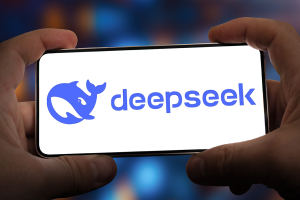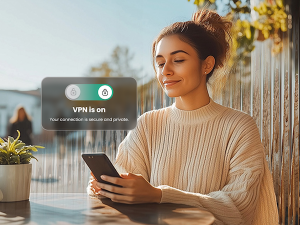Hundreds of private photos belonging to several high-profile Hollywood actresses were posted online this past weekend. They are explicit in nature, and were not intended to be seen by the public. But they have been.
The question, now, is how did this happen?
The details of the hackings haven’t been worked out quite yet, but there are two popular theories floating around: the first is that the hacker, or hackers, exploited a vulnerability allowing cybercriminals to make an unlimited number of password guesses on Apple’s cloud service offering, iCloud. This type of attack—repeatedly guessing passwords until the successful password is found—is called a brute force attack, and is typically done with an automated program. Once an iCloud account is breached, or any cloud service for that matter, the hackers can view and retrieve anything saved in that cloud such as contacts, photos, saved notes, and more.
The second theory, one suggested by Apple after it made an official statement on the situation, is that these celebrities may have fallen victim to a social engineering attack. Social engineering attacks are attacks that take advantage of social habits in order to compromise an account or gain access to sensitive information. For example, a “hacker” could pose as someone who works at your company, but in a different department, in order to trick you into giving up sensitive company information. This wouldn’t be the first time that a social engineering attack made headlines. In 2012, digital journalist Mat Honan had his life turned upside down when hackers gained access to nearly all of his online accounts through social engineering techniques.
Regardless of which theory is accurate, the result is fairly predictable: someone involved with the hacking ring, or the single person who accrued all of these photos, wanted to show off on an Internet imaging board and posted stolen photos. Those photos, of course, were shared throughout the Web, and the privacy of these well-known individuals was shattered.
We won’t know what hacking method was used for some time, possibly not until after an F.B.I. investigation. That investigation won’t restore anyone’s lost privacy, but it’ll hopefully result in some much-needed justice. In the meantime, what can people do in order to protect themselves from such attacks?
Of course, with celebrities being in the public eye, the demand for their personal photos is quite high. Still, while you may not be a celebrity, there are a few important steps that you can take to protect your online identity, and your private photos.
- Be wary of uploading to the cloud. By default, iPhones upload photos to iCloud through a feature called “Photo Stream.” This is done to preserve your photos in the event of phone failure, and enable you to access photos from any of your devices. In this context, however, having personal photos in multiple places only increases the likelihood of those photos leaking. If you feel that you need to disable Photo Stream, follow Apple’s instructions here.
- Be careful what photos you take with your mobile device. Even if you’re not sending them to anyone or uploading to the cloud, do remember that your phone or tablet can be lost or stolen. McAfee Mobile Security, free for both Android and iOS offers a remote lock and wipe feature in the event that erasing your photos is ever necessary.
- Use strong passwords. Every online service requires the use of a password. These passwords need to be complex in order to ensure your security. A complex password consists of at least eight characters in length and uses a combination of upper and lower case letters, numbers and symbols. These passwords should be unique to each site and should be changed every six months at a minimum.
- Use a password manager. The reason why strong passwords aren’t used enough is largely attributed to the fact that they’re more difficult to remember. Complex passwords can also be a pain to use on mobile devices. That’s why using a password manager tool, like the one provided by McAfee LiveSafe™ service.
- Enable two-factor authentication wherever possible. Two-factor authentication is a security standard that requires the account holder to possess two things: knowledge (like a password or answer to security questions) and something that only they would have (like a phone number). Two-factor authentication is a great way of preventing hackers from gaining access to sensitive accounts, and would’ve likely prevented this whole situation from taking place if enabled.
Be warned: there is no one silver bullet to digital security. Vulnerabilities exist because of how programs are built and how they interact with one another. The best way to stay secure online to stay knowledgeable of security defense and use the techniques you need to stay safe surfing.











